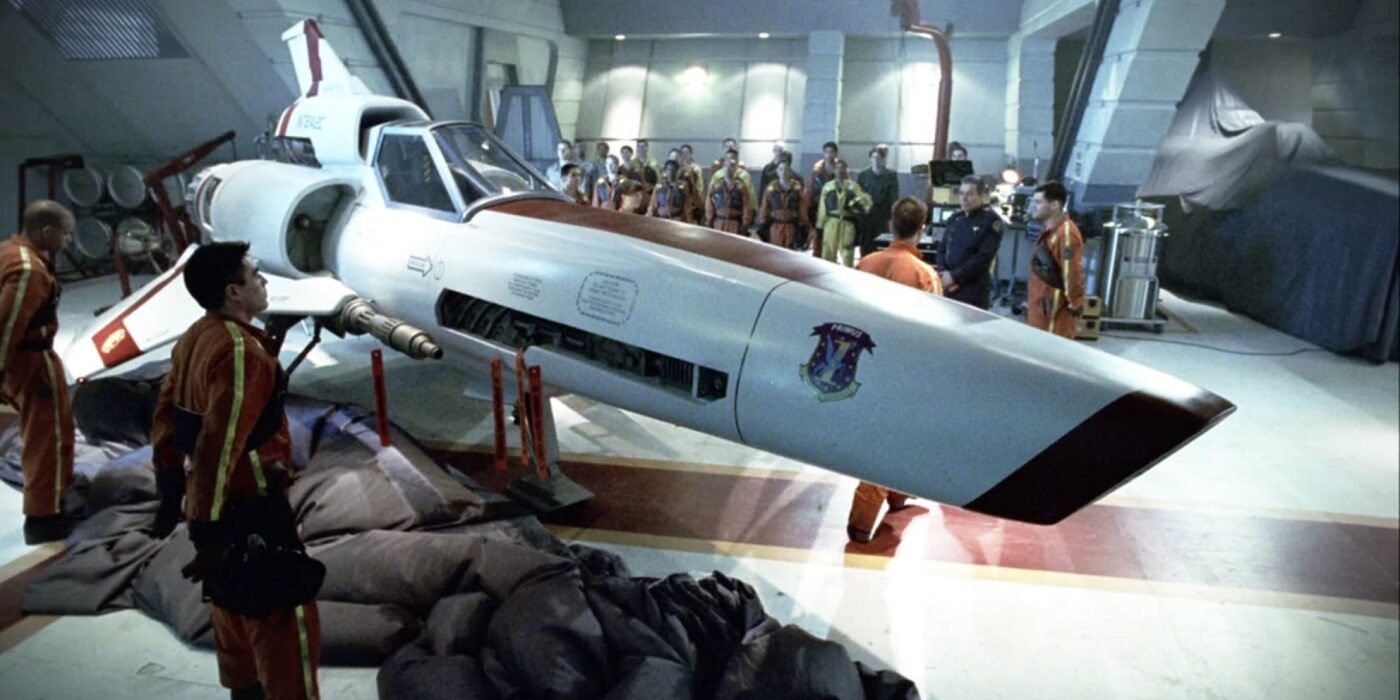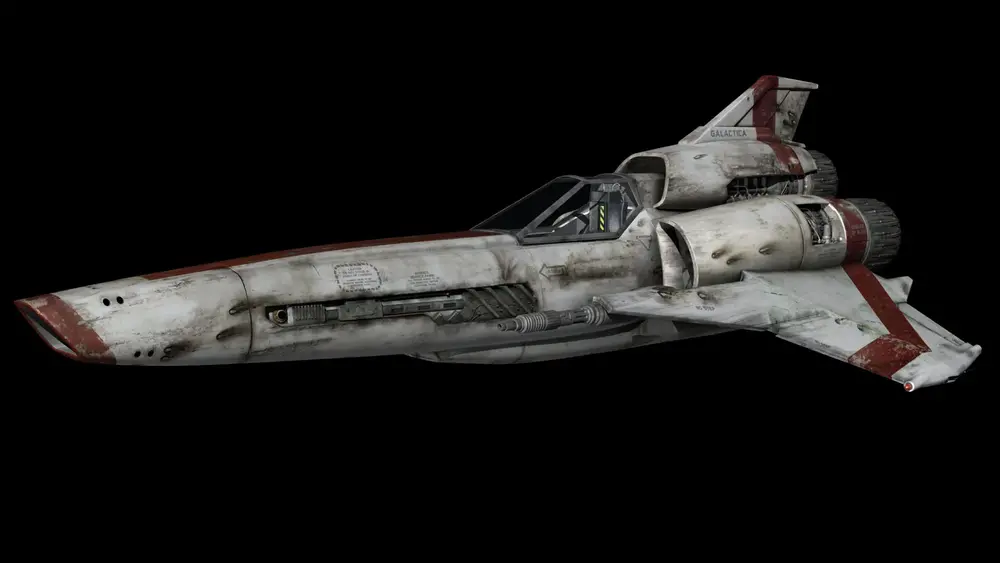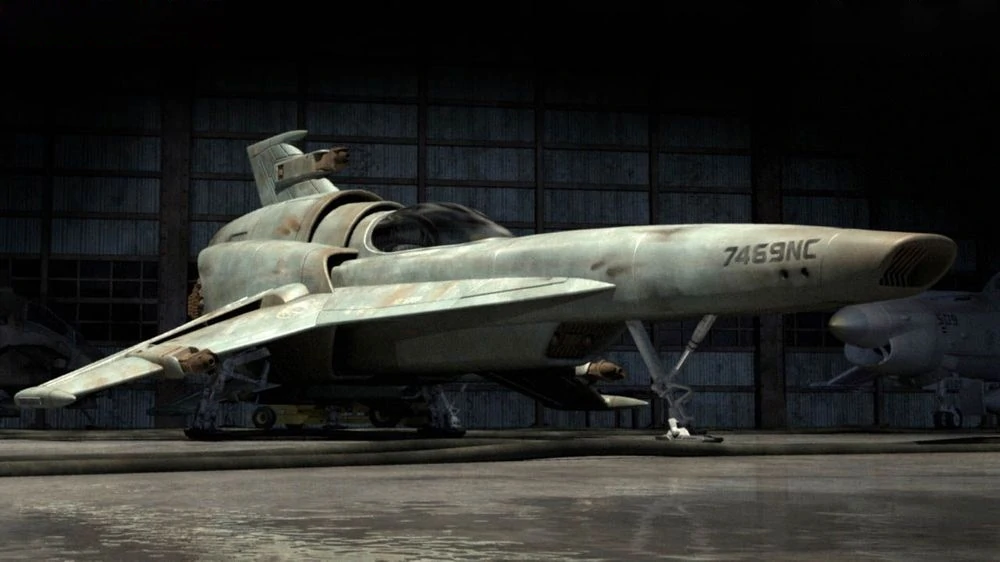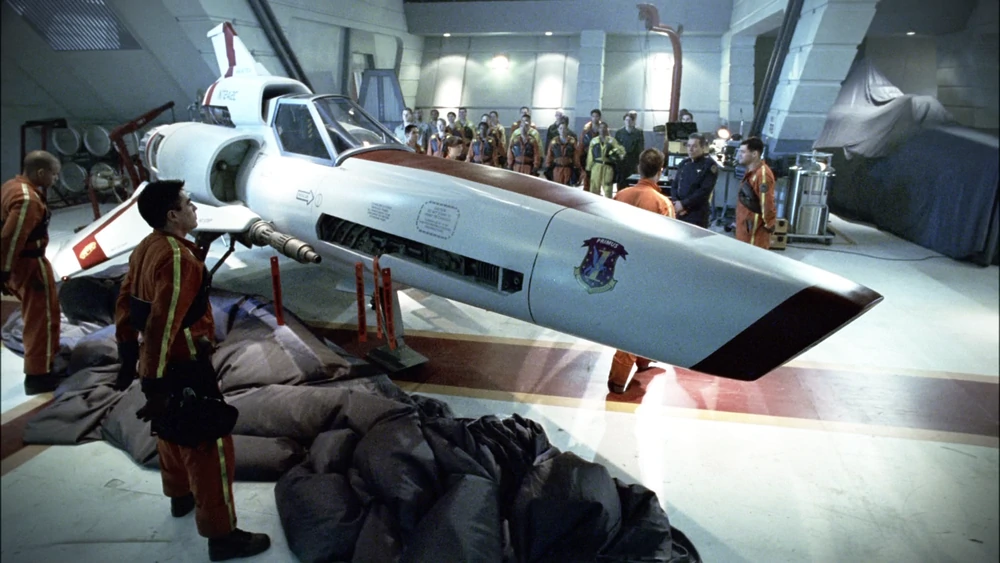BSG: The Best Ship to Shoot Down Toasters In – The Viper Breakdown

Sometimes what you really need as an older ship. Join us as we break down the bulwark of the Colonial Fleet, the fast-moving Viper.
The Cylon Wars proved that technology has its limits. And that sometimes, the weapon you needed most, was one you had already built. And throughout the Colonial Fleet, the one-man fighters known best as Vipers helped shepherd humanity into a bold new era.
But where did they begin? How did older model Vipers prove, against the odds, to be more than a match for modern Cylon Raiders? Especially when their more state-of-the-art counterparts were destroyed in a single stroke?
The answer lies in the Caprican Air Force.
Viper Marks I – VII
The origins of the Viper begin on Caprica. Sometime before the 1st Cylon War, the Caprican Air Force developed the Viper fighter jet. This model served as an inspiration for the spaceborne iteration that would follow.
By the time of the 1st Cylon War, Caprican engineers unveiled their specially designed counter-Cylon craft, the Viper Mk I. The Mark I has the distinction of being the first space-superiority fighters wielded against Cylon forces. And the Mark I succeeded beyond initial expectations.
The Viper Mk. I had its best strength in its simplicity. It was a sleek, easy craft designed with low-tech solutions in mind. Networked computer systems were left out. All it had were 3 main engines and an array of RCS maneuvering thrusters. As well as two wing-mounted kinetic energy weapons.
The Viper Mark II was the second generation, and the one most commonly used during the Cylon War. These workhorse fighters were wonders. Approximately 8.4 meters in length, each Viper Mk. II was powered by its own nuclear reactor. And a modular design to both its wing-mounted KEWs and Wing Hardpoints, meant that a Mk. II was capable of firing the same type of ammunition as the later Mk. VII, 30 years down the line.
The Mk. III Viper was a technological improvement, with improved stabilizer fins for atmospheric handling, and different sublight engines as well as internally mounted missiles.
The Mark VII Viper was the most infamous of the bunch. These were outfitted with the networked Command Navigation Program developed by Dr. Gaius Baltar, and as a result, though these were superior in terms of arms and armament, they were all hacked and destroyed before they could fire even a single shot at the Cylons.
Only a handful of Mk. VIIs aboard the Battlestars Galactica and Pegasus were left intact and were able to be recovered after successfully being denetworked.
Defense of the Colonial Fleet
When the Cylons struck their fatal blow against the twelve colonies of Kobol, their network attacks were almost as devastating as the nuclear weapons they deployed. Whole fleets were wiped out without firing a single shot.
Save for the Galactica, which carried a complement of Viper Mk. IIs that were still, miraculously, combat capable. These Vipers helped Galactica escape the initial blockades, fighting intensely through the waves of Cylon attackers. Eventually, Galactica and Pegasus cobbled together resources enough to retrofit the Viper Mk VII’s, removing their networked computerized parts.
Now with every fighter outfitted with older, simpler computer systems, impossible to hack, the fleets of humanity had a fighting chance to reach a new world, the fabled 13th colony: Earth.
So say we all.








